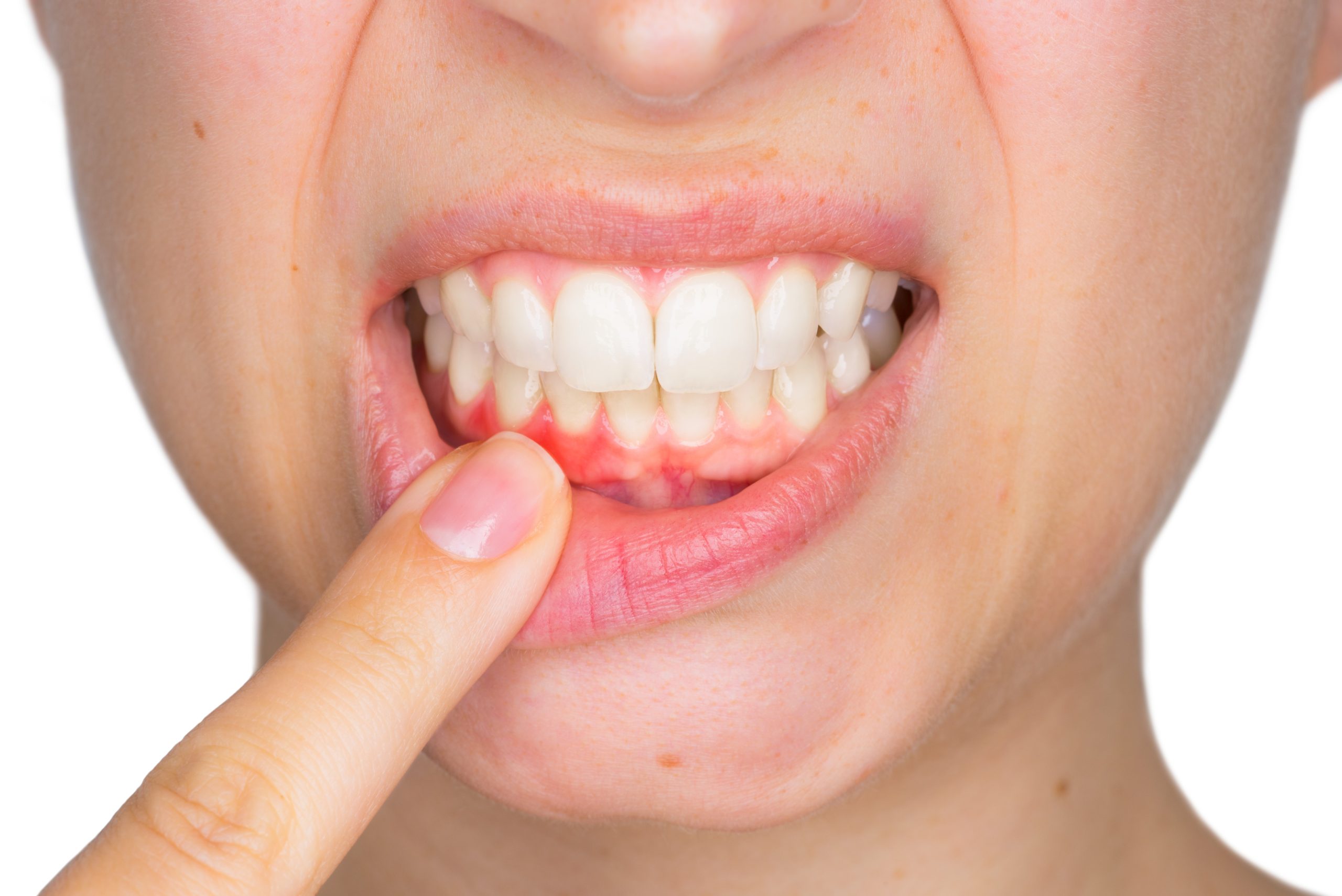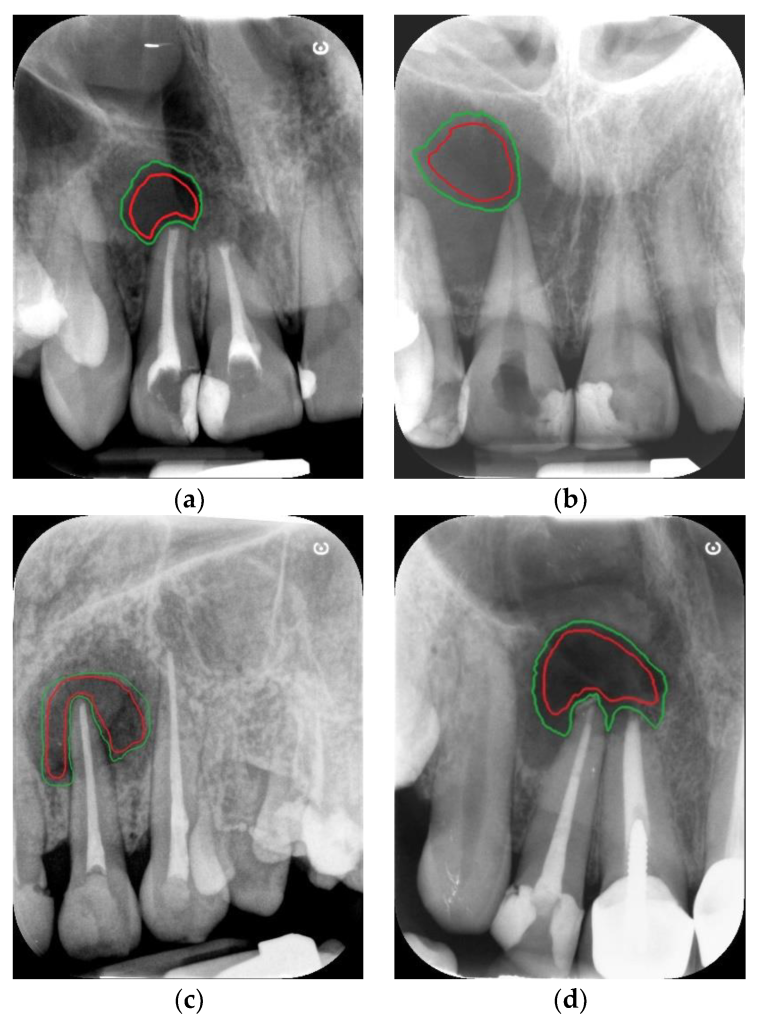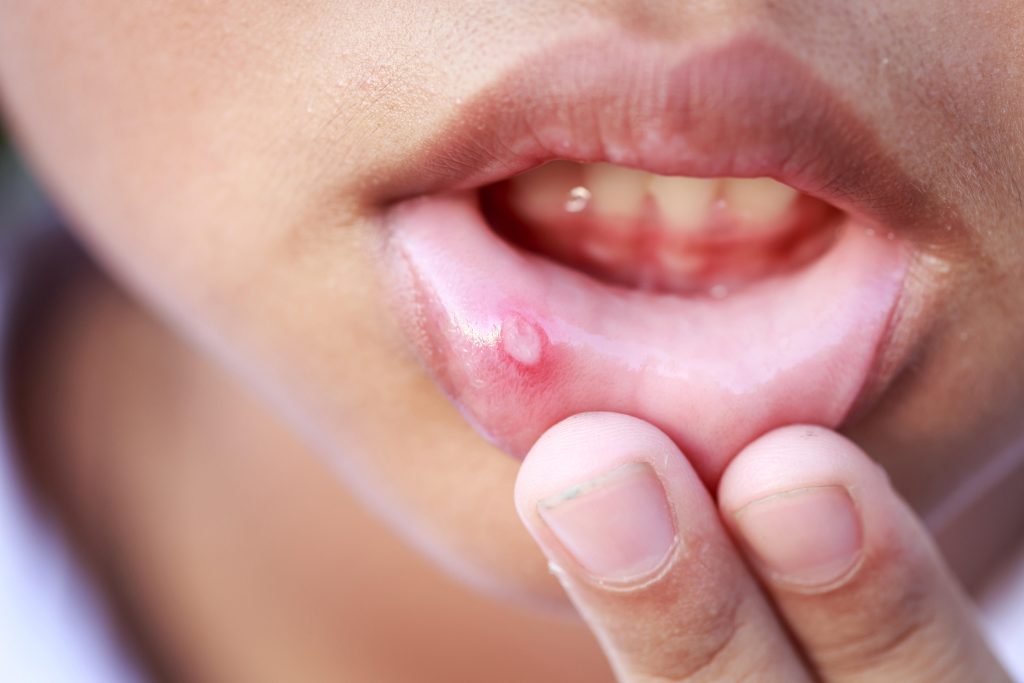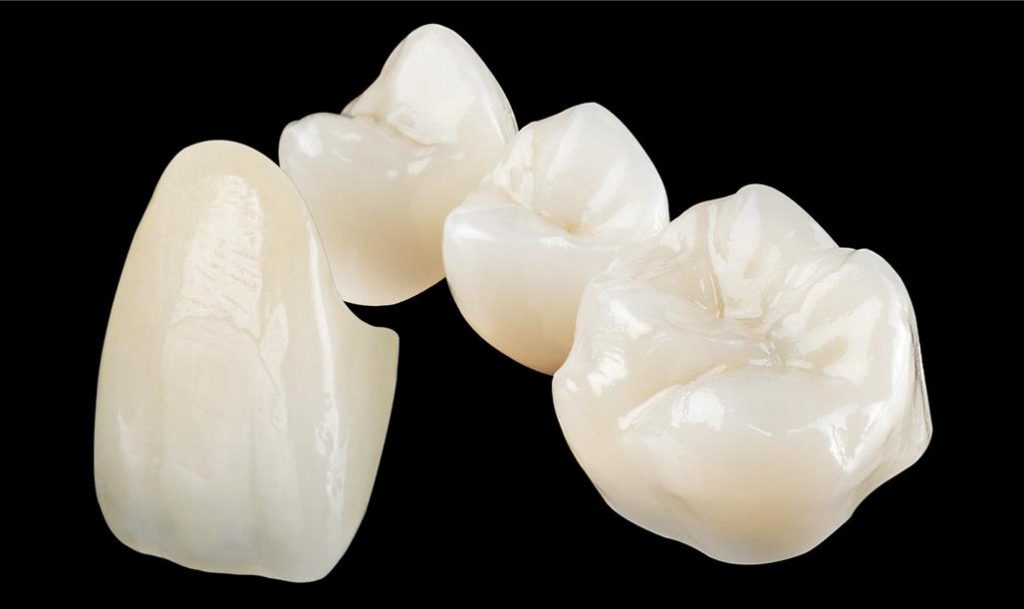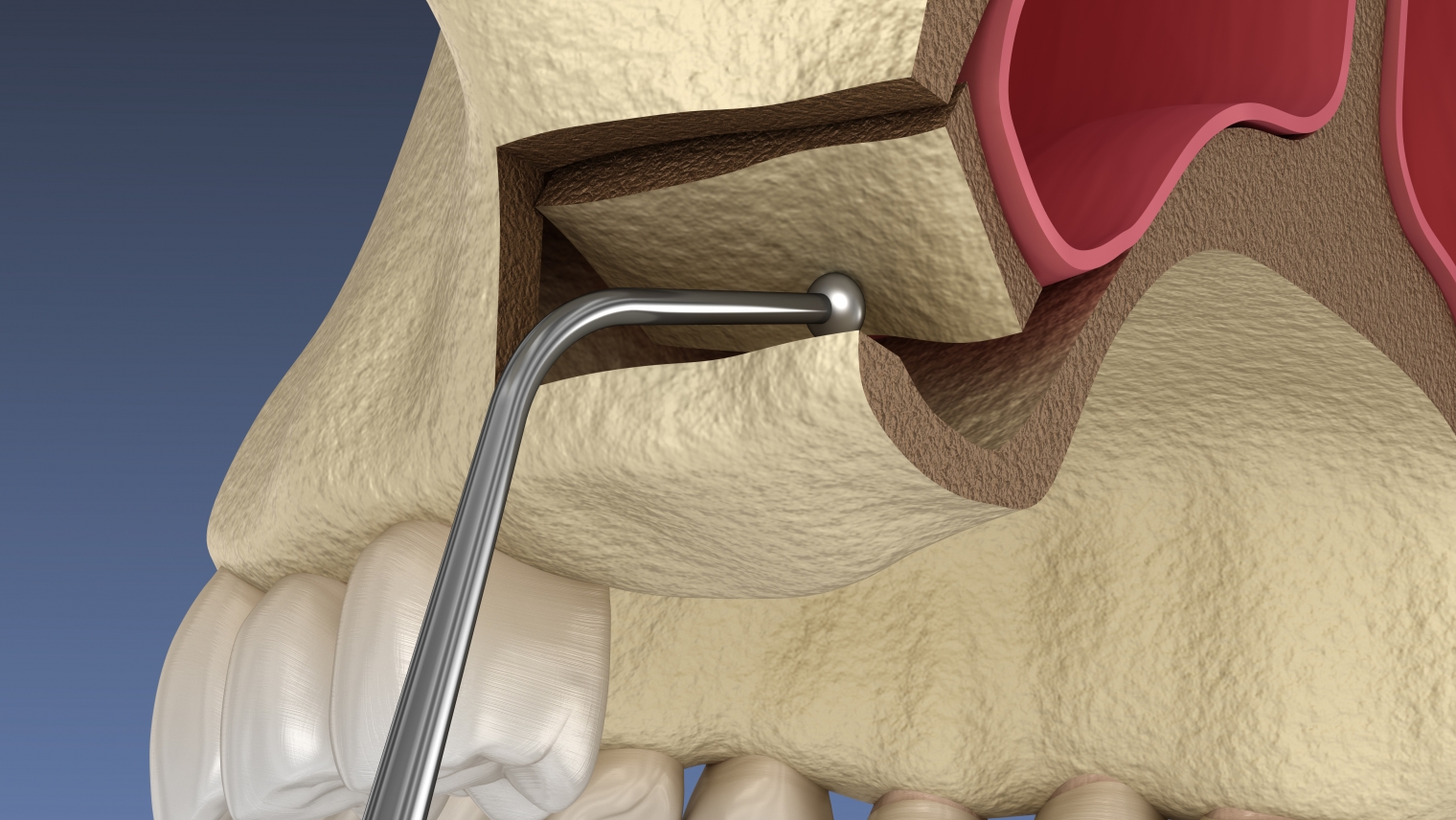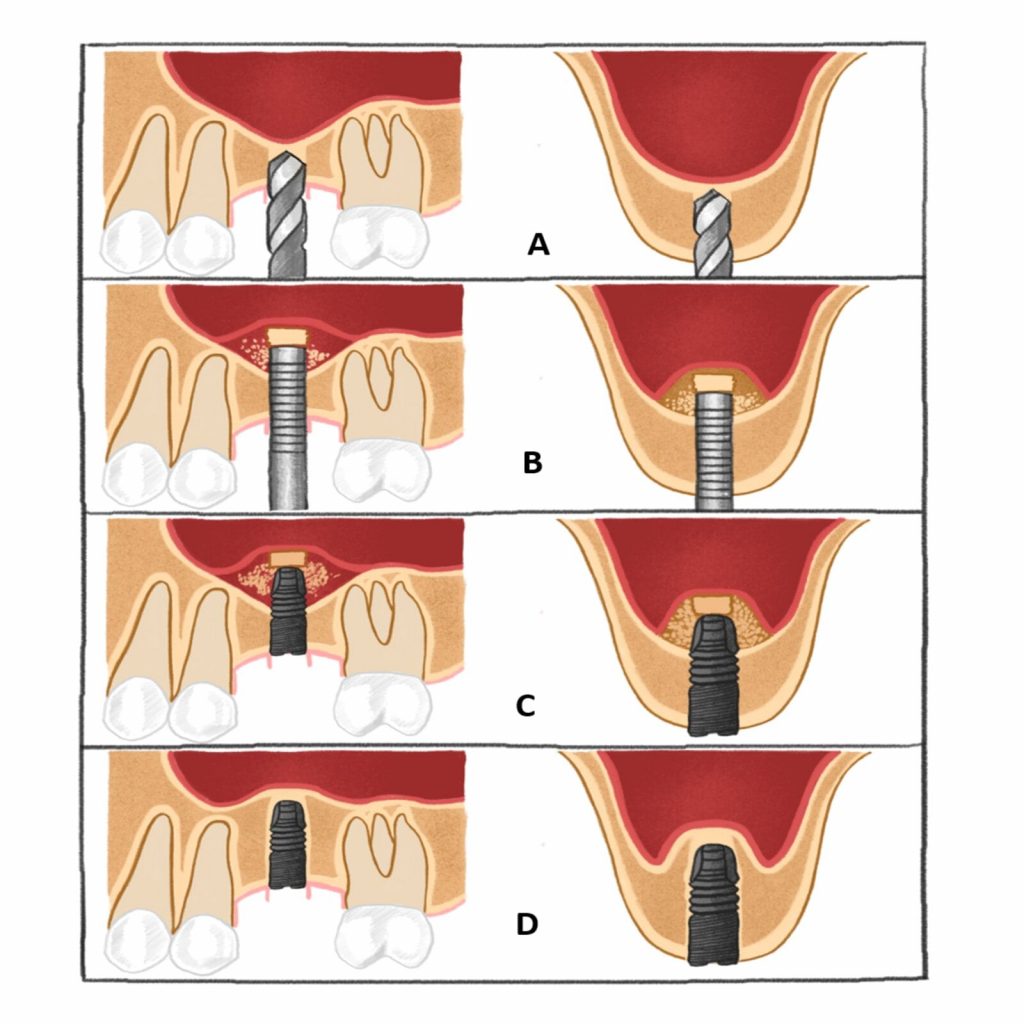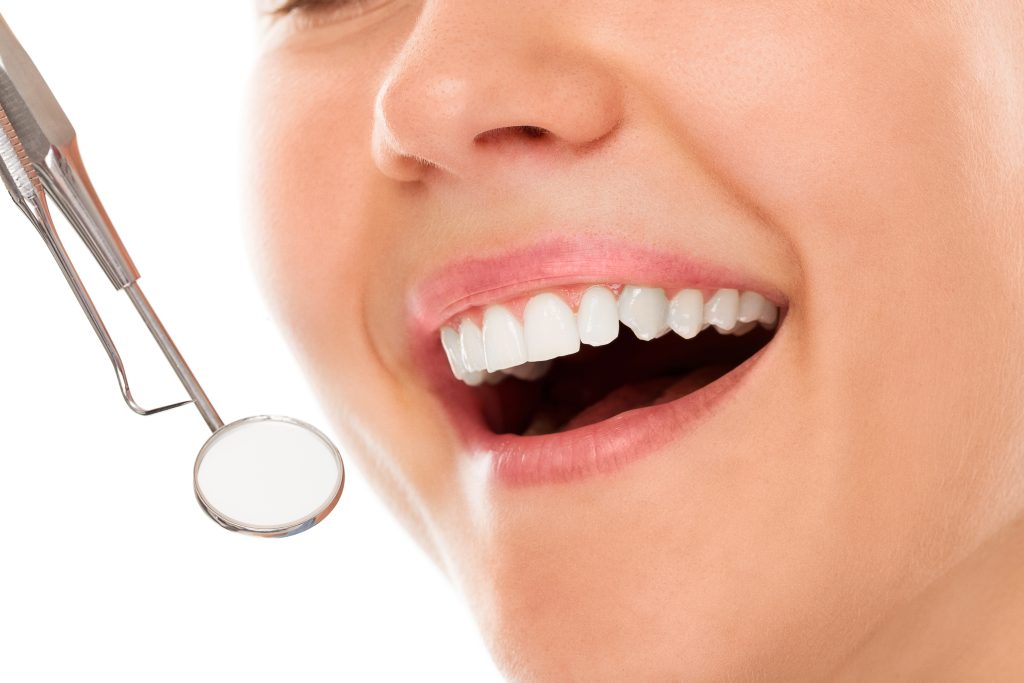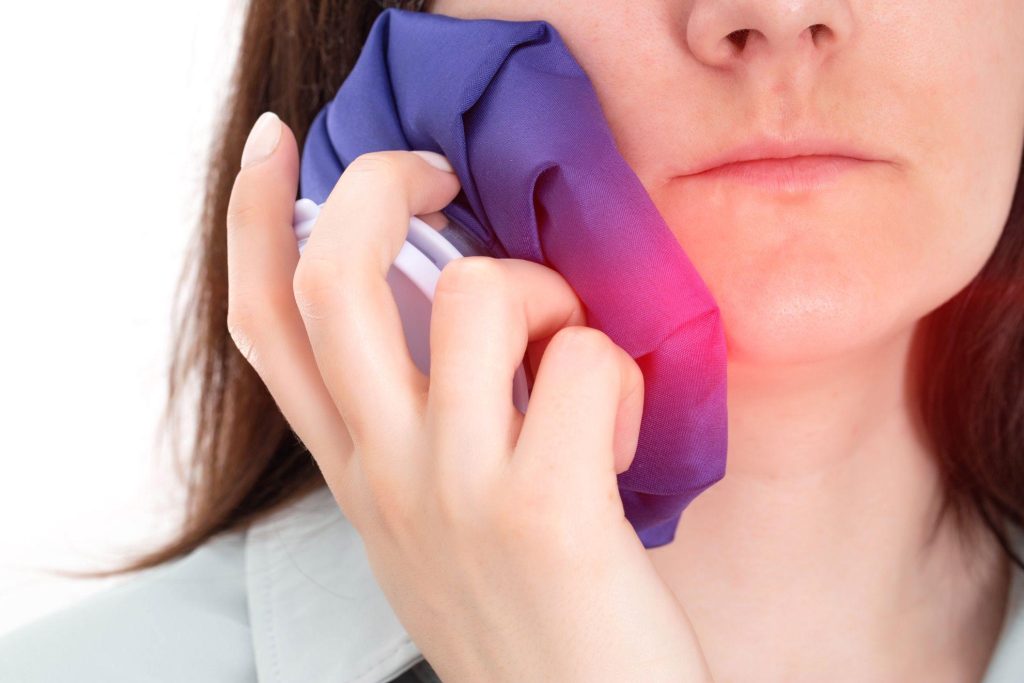Have you ever used your teeth to open a bottle, tear open a package or cut through a hard piece of material? If you have, you are not alone. While it may seem like a convenient and harmless way to get things done, using your teeth as tools will be harmful in the long run.
In this blog post, we will discuss why your teeth are not tools and why it is important to take care of them. We will also explore the consequences of using your teeth for unintended purposes and provide tips on how to protect your teeth from further damage.

The Purpose of Teeth
Your teeth serve an essential function in your body. They help you bite and chew food, which is the first step in the process of digestion. Teeth also play a role in speech, allowing you to form certain sounds and words. They also contribute to your appearance and your ability to smile. As Alfa Dental Center, we properly care about your teeth professionally.
However, teeth are not designed to do everything. They are not meant to be used as tools for opening bottles, cutting things, or tearing packages. When you use your teeth for these purposes, you may have the risk of damaging them and causing serious dental problems.

The Consequences of Using Your Teeth as Tools
Using your teeth as tools can have serious consequences. Actually, more than you can imagine. When you bite down on something hard, such as a bottle cap or a piece of hard candy, you risk chipping or cracking your teeth. This can lead to further dental problems such as tooth decay, infections, and even tooth loss. Which are serious dental problems that would cost your health and money.
Using your teeth to tear open packages or cut through materials may also damage them. The pressure and force required to do these tasks can cause your teeth to shift or become loose, leading to problems with your bite and jaw alignment. Additionally, using your teeth as tools can wear down the enamel which is the protective outer layer of your teeth, would leave them vulnerable to cavities and decay.

Proper Care for Your Teeth
Taking care of your teeth is important to maintaining good oral health. The American Dental Association recommends brushing your teeth twice a day for at least two minutes each time. Flossing once a day is also essential to remove plaque and food particles from between your teeth and under the gumline.
In addition to brushing and flossing, it is important to visit your dentist regularly for check-ups and cleanings. Your dentist can identify early signs of dental problems and provide treatment before they become more serious. Alfa Dental Center is always here as a best option for routine check-ups.
It is also important to avoid bad habits that can damage your teeth. Smoking and excessive alcohol consumption can lead to gum disease and other serious dental problems. Eating a balanced diet that is rich in fruits and vegetables and low in sugar can help prevent tooth decay and other dental issues.

Protecting Your Teeth
If you engage in sports or other physical activities, it is important to protect your teeth from injury. Wearing a mouthguard can prevent chipping or knocking out a tooth in case of impact. It is also important to avoid chewing on hard objects such as pens, pencils, or ice, as this can cause damage to your teeth. Also the things that you should care about to protect your teeth can be listed as below;
Avoid using your teeth as tools: Do not use your teeth to open bottles or rip open packaging as this can lead to chips or cracks in your teeth.
Wear a mouthguard: If you play contact sports, a properly fitted mouthguard can help protect your teeth from injury.
Wear a night guard: If you grind or clench your teeth at night, a night guard can help protect your teeth from the pressure and potential damage.
Limit sugary and acidic foods and drinks: Sugary and acidic foods and drinks can weaken tooth enamel and lead to tooth decay. Try to limit your consumption of these foods and drinks and rinse your mouth with water after consuming them.
Brush and floss regularly: Regular brushing and flossing can help prevent the buildup of plaque and bacteria that can lead to tooth decay and gum disease.
Use fluoride toothpaste: Fluoride helps to strengthen tooth enamel and protect against tooth decay.
Visit your dentist regularly: Regular dental checkups can help identify and treat any dental issues early on before they become more serious.
Conclusion
Your teeth are not tools, and using them for anything other than their intended purpose can cause serious damage to your oral health. By taking proper care of your teeth and protecting them from injury, you can maintain a healthy smile for years to come. Remember to always use the right tool for the job, and leave your teeth for biting and chewing food. We know that sometimes we see our teeth as practical tools for some little things but actually they are not. We necessarily take some staff to our teeth and these things harm to our teeth as we mention. So starting to prevent this behavior will be beneficial for your oral health.
In conclusion, it is important to understand that your teeth are not tools. While it may seem convenient to use them to open packages or cut through materials, doing so can cause serious damage to your oral health. By taking proper care of your teeth through regular brushing and flossing, visiting your dentist regularly, and avoiding bad habits, you can maintain a healthy smile. Protecting your teeth from injury through the use of mouthguards and avoiding hard objects can also help prevent damage. Remember, your teeth are an essential part of your body that should be treated with care and respect. To treat them with care, Alfa Dental Center is the best choice for professional dentists.














